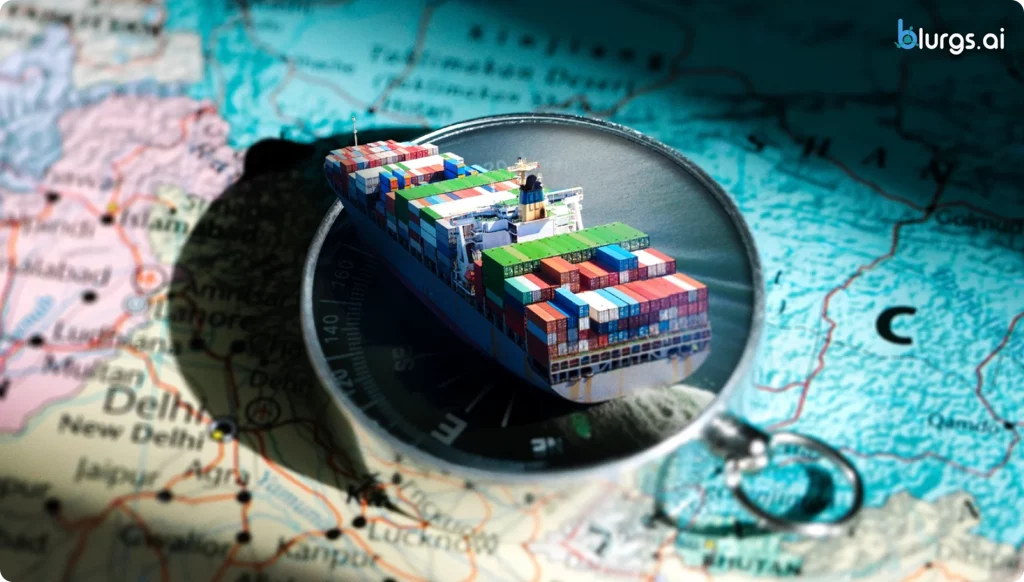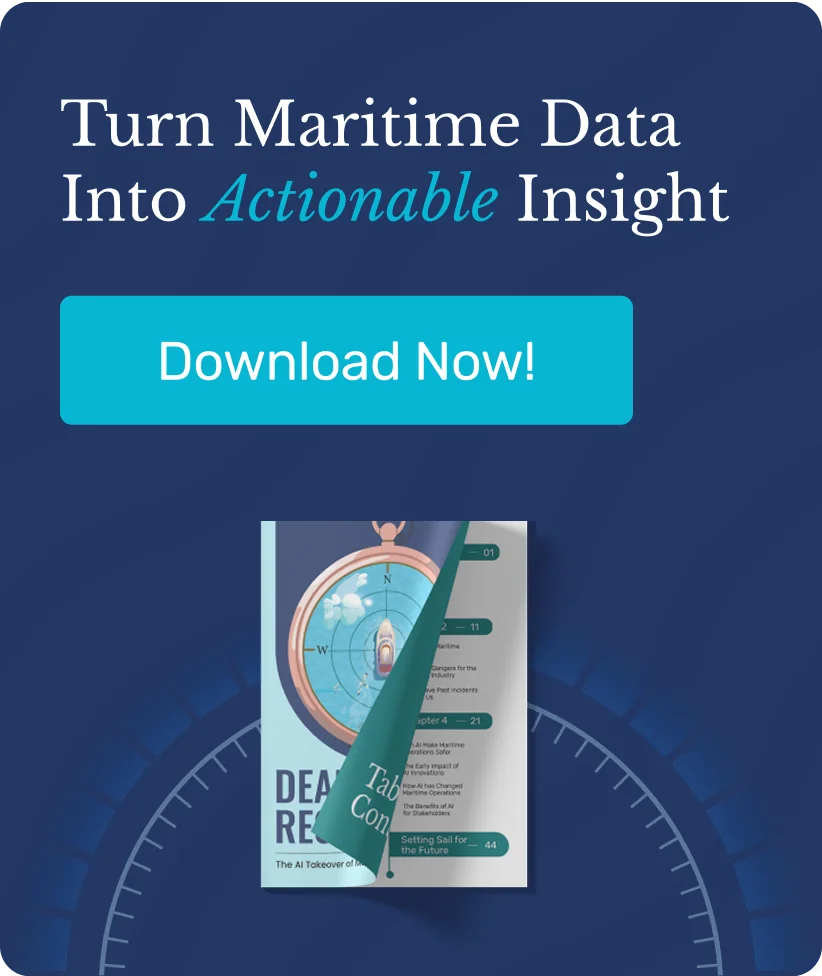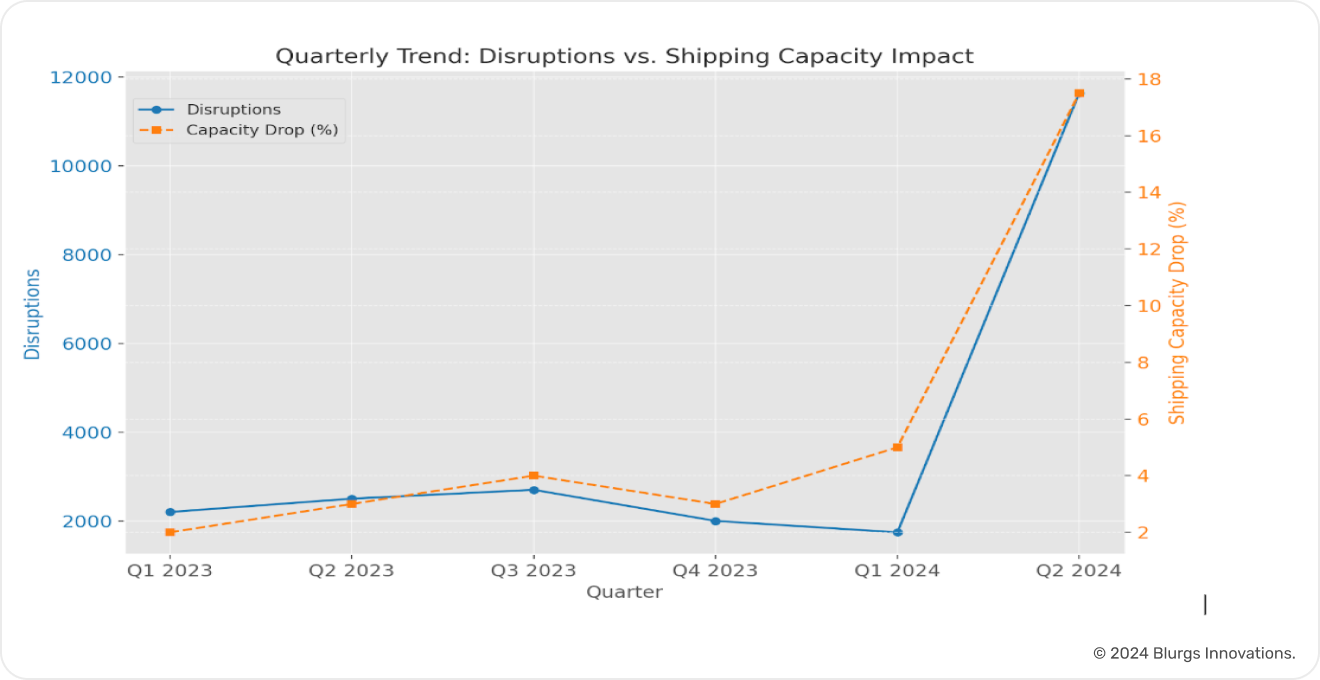Why the future of maritime operations depends on what we can’t see yet
From invisible choke points to unpredictable threats, maritime logistics is entering an era where scale alone is no longer strength. What was once manageable through experience and spreadsheets now demands coordination across oceans, systems, and seconds.
This article explores the structural vulnerabilities facing the industry — from piracy and port congestion to data silos and crew shortages — and how modern maritime operations are shifting toward real-time intelligence as the new baseline
The bottom line is that the seas are unpredictable, with dangers both above and below the surface. Think about the supply chain managers, operations leaders, and technology innovators tasked with running these operations smoothly.
Roshan Raj
CEO, Blurgs
Maritime Security — From Logistics Mayhem to Mastery
A system built to power the world is now straining under its own weight
A phone. A shirt. A cup of coffee.
Each one arrives with no ceremony, no fanfare, just another item in your day. But trace its path backwards, and you’ll find a journey that crosses oceans, schedules, borders, and systems more complex than any single person could ever manage alone.
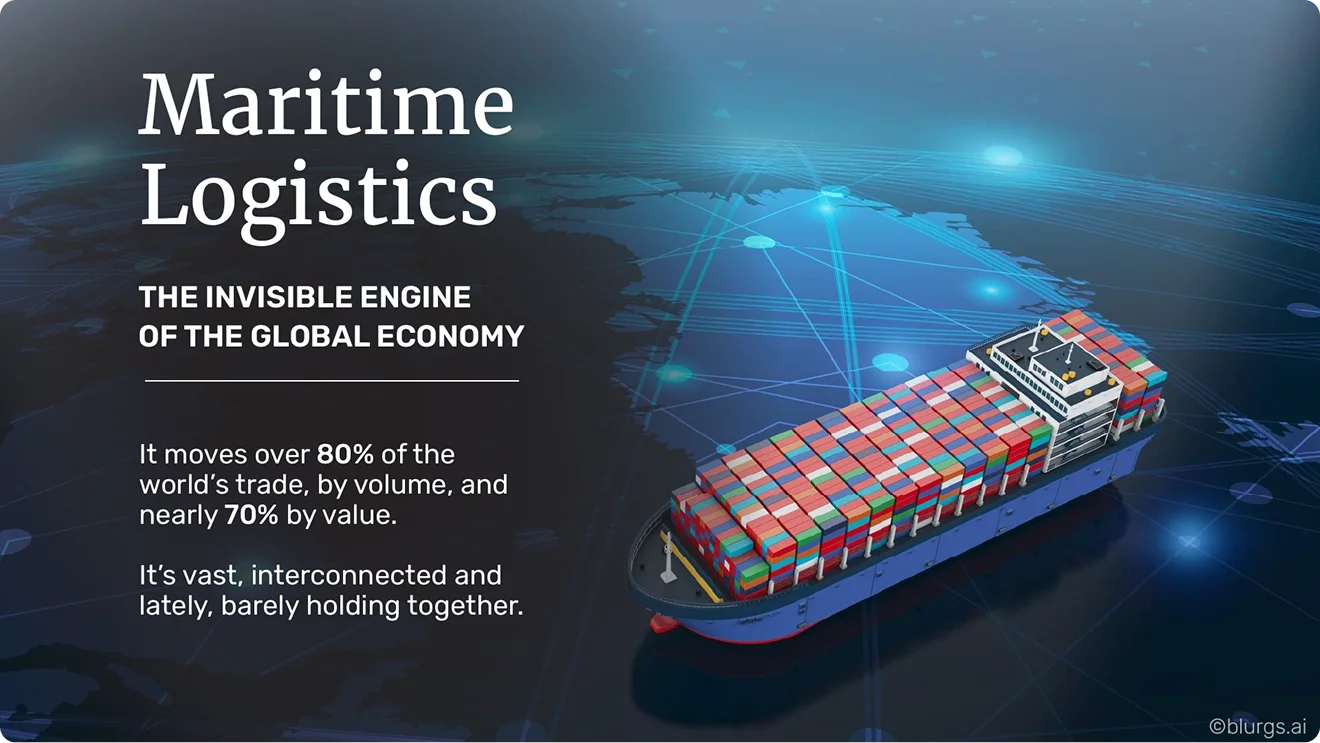
Shipping Challenges: A Problem That’s Too Big to See?
At its core, maritime logistics runs on three interlocking systems:
1. Shipping Routes
Global trade flows through maritime arteries — tight corridors teeming with vessel traffic. On some routes, over a thousand ships can crowd a single square kilometer. It doesn’t take much to turn a sea lane into a standstill.
2. Ports and Terminals
These are the industry’s pressure points. They handle 70% of seaborne trade, but capacity is fragile. When too many vessels arrive, or when labor shortages hit, ships anchor for days. Each delay stacks onto the next.
3. The Vessels Themselves
Massive container ships — some carrying up to 24,000 TEUs — are marvels of engineering. But they’re only as effective as the conditions they navigate. Weather. Customs. Connectivity. One slow-offloading or clearance error can knock everything off balance.

This system works — until it doesn’t.
And then the entire chain reacts like a traffic jam: slow, confused, and stuck.
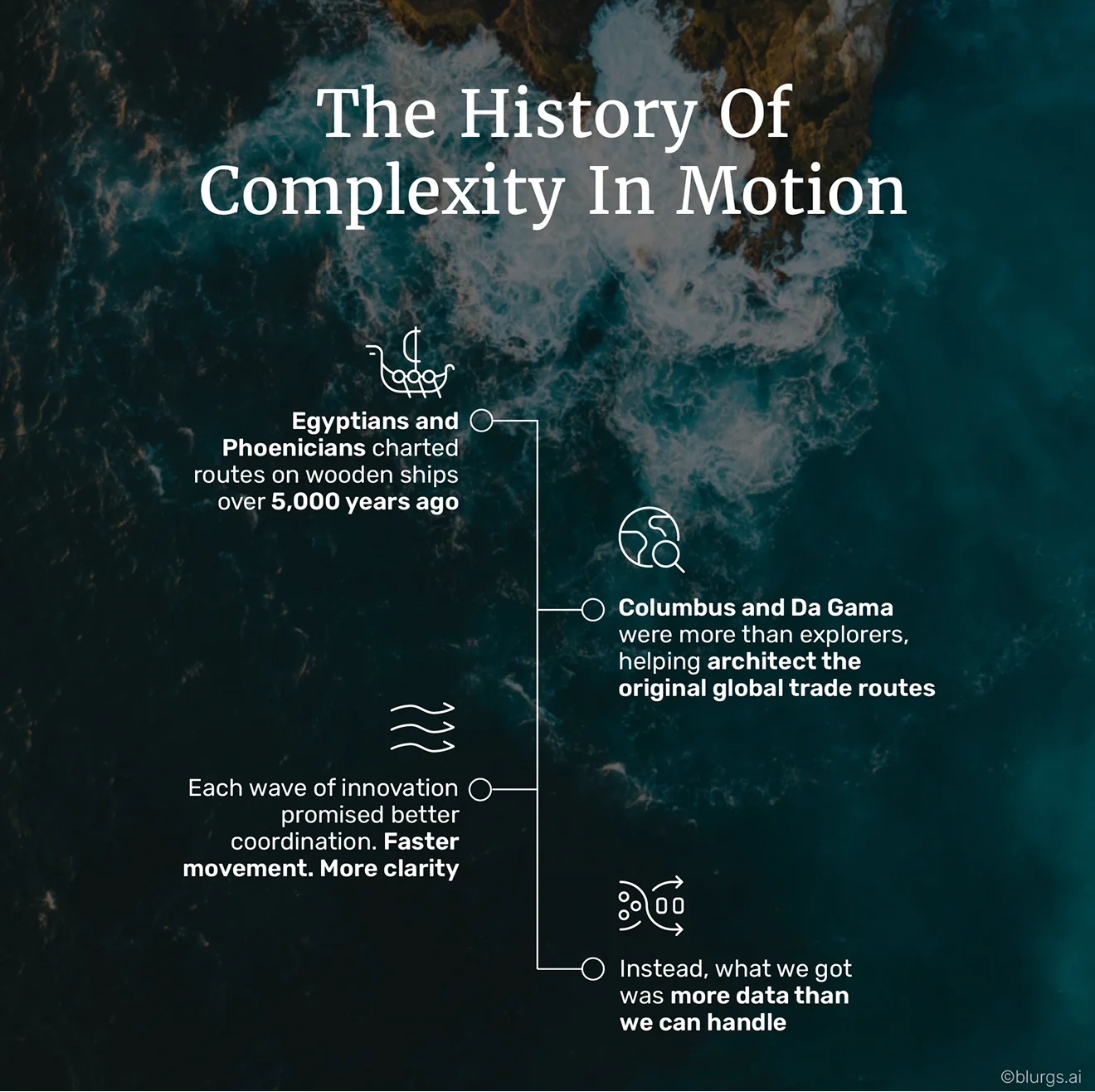
AIS Signals to Data Saturation
Today, every ship pings AIS. Satellites photograph sea lanes. Ports log entries. Sensors track cargo conditions and engine diagnostics. The ecosystem is drowning in signals.
But without intelligent systems to fuse and interpret this data, it becomes background noise. There is sufficient information. The problem is the inability to make sense of it fast enough.
So What Happens Now in Marine Security?
You’ve got more cargo. More routes. More risks. But you’re using tools that were built for calmer waters.
And that’s where the cracks begin to show.
When the Sea Turns Against Maritime Ops
Why today’s maritime security services must be smarter and sharper
The sea has always been dangerous. But the danger used to be visible — storms on the horizon, pirates with cutlasses, ships creaking under strain. Today, the threats are harder to spot.
They’re embedded in invisible codes, unseen networks, and overburdened systems.
And when they hit, the impact is felt everywhere.
Maritime Systems Under Siege From Every Angle
The risks facing maritime logistics have evolved beyond the weather. They’ve multiplied and metastasized, touching every part of the ecosystem from vessel security to environmental stability.
Let’s start at the surface and work our way down.
1. Maritime Piracy and Armed Robbery
Here’s a bar graph visualizing the piracy-related data from 2020-2021.
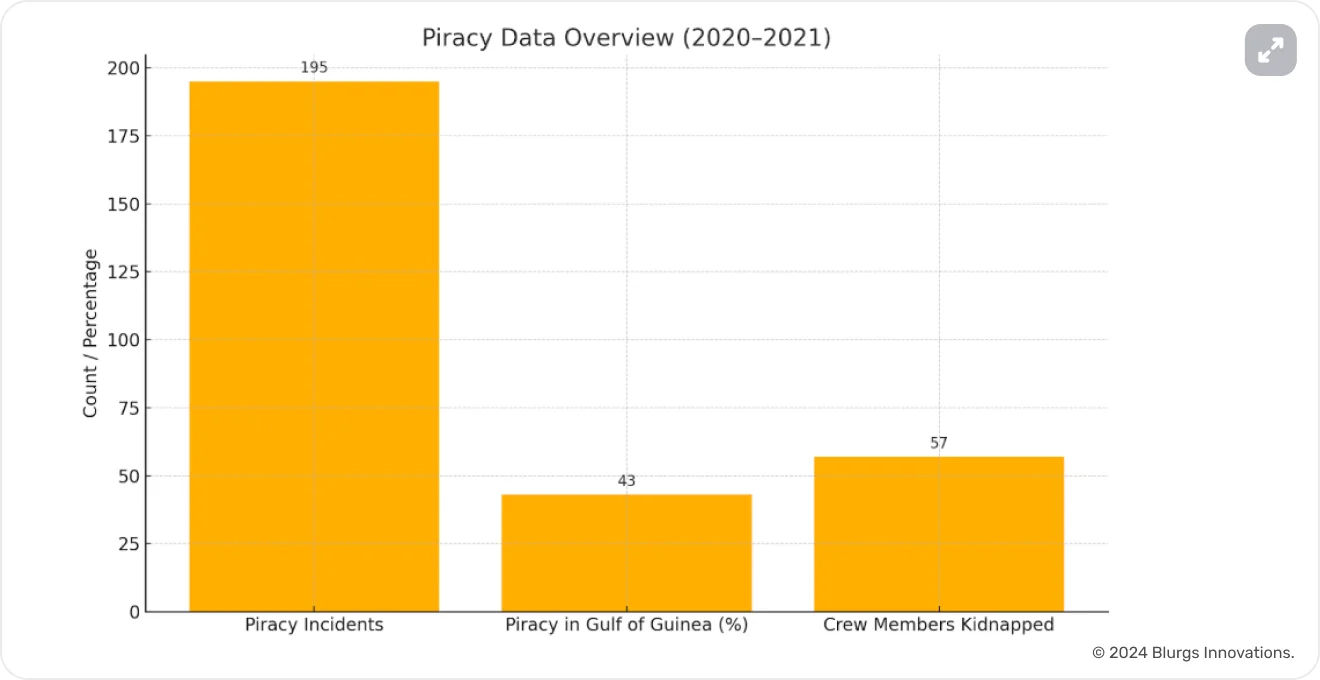
Maritime piracy in the Gulf of Guinea remains a major problem. And with every hijacking comes more than fear.
It brings rising insurance premiums, longer detours, and operational uncertainty.
2. Global Supply Chain Disruptions
Port congestion. Natural disasters. Political instability.
11,642 disruptions were recorded in just one year, directly impacting shipping capacity as evidenced by this graph.
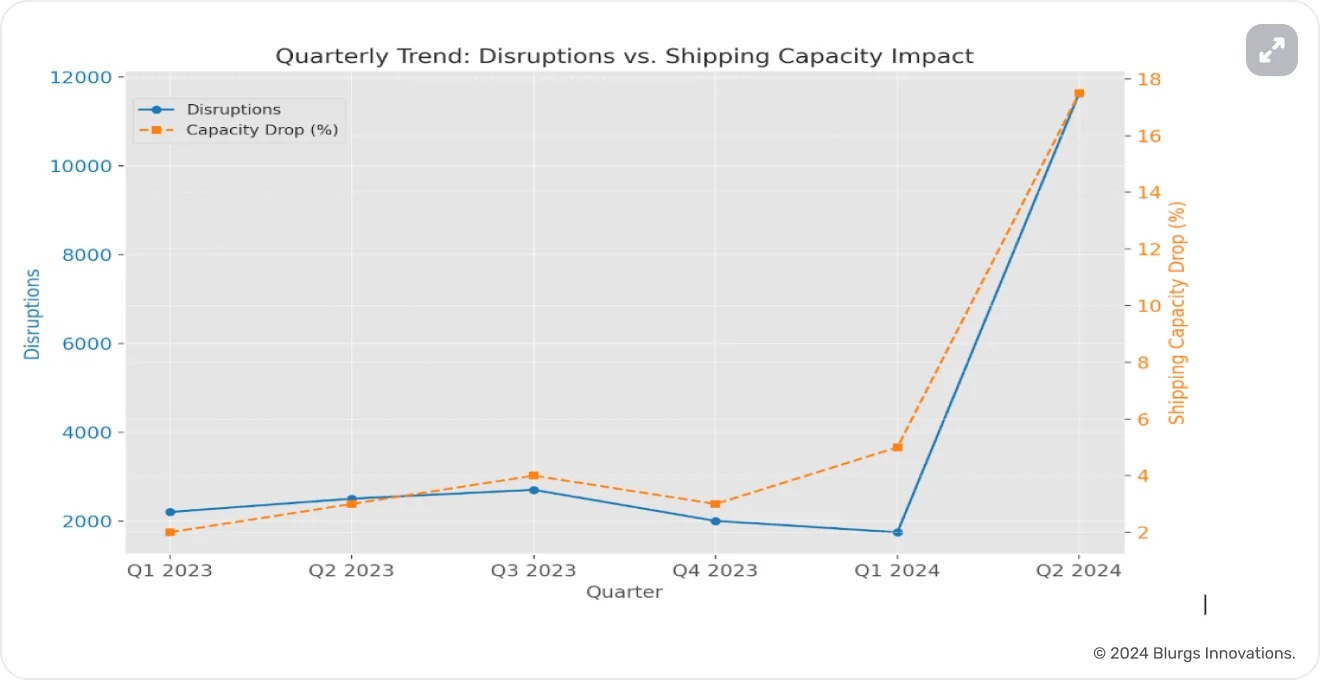
The cost? Billions. The response? Reactive.
A storm delays one ship. That delay affects port slots. Inland trucks stall. Warehouse schedules collapse. The system chokes silently.
3. Climate Change and Environmental Regulation
The ocean itself is changing.
As pressure mounts on emissions, regulators are raising the bar. The maritime green tech market is projected to hit $67.2 billion. And not adapting will affect licensing, compliance, and competitiveness.
The IMO now mandates a 50% cut in maritime GHGs by 2050.
4. Illegal, Unreported, and Unregulated (IUU) Fishing
One in every five fish caught globally is illegal.
At least $10-23 billion is lost annually from IUU fishing, undermining coastal economies and threatening biodiversity
And without real-time enforcement, the line between legal and illegal fishing becomes impossible to draw.
When the Sea Strikes Back: Lessons from Maritime Logistics Collapse
Disruptions aren’t hypothetical. They’ve already happened. At scale.
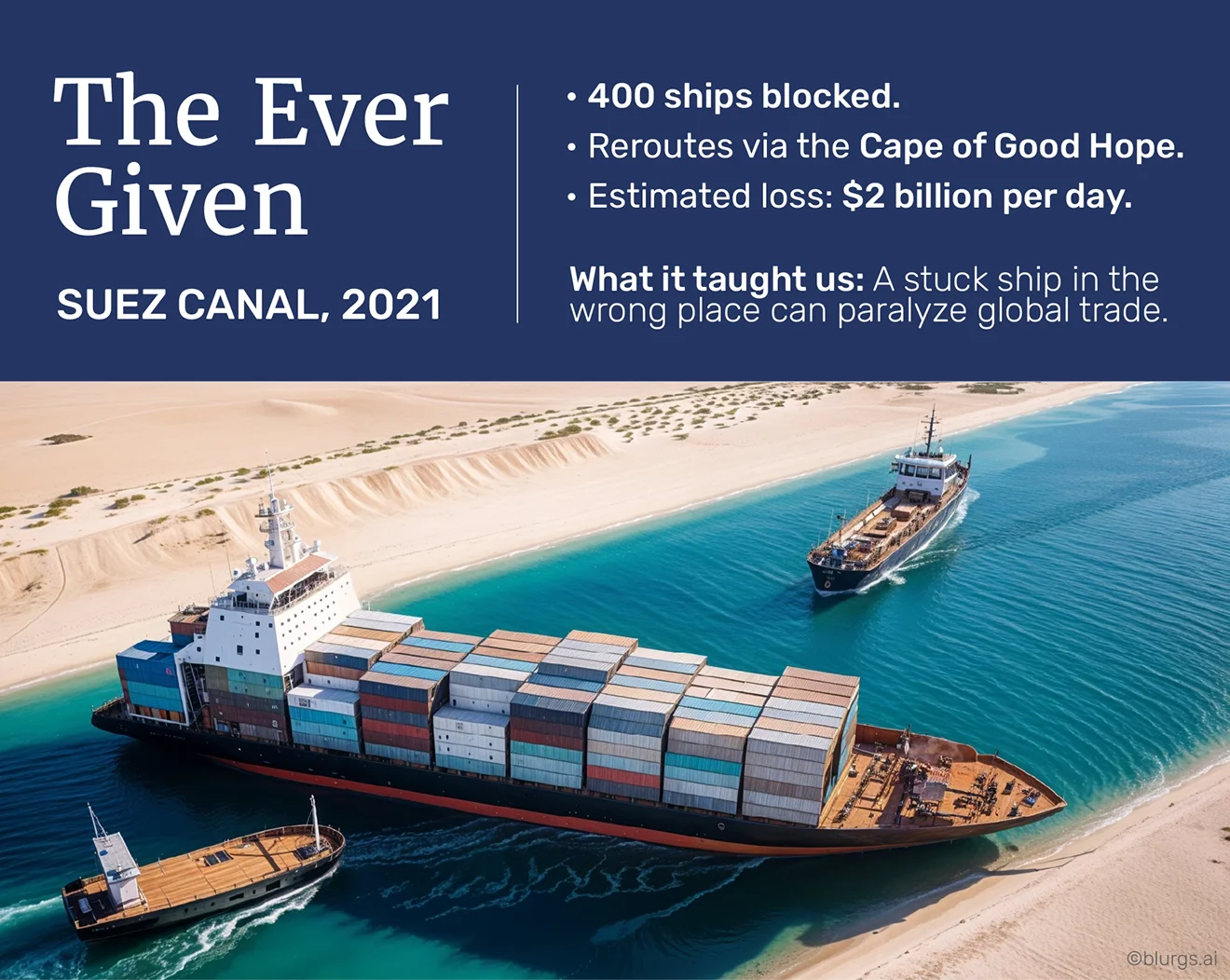
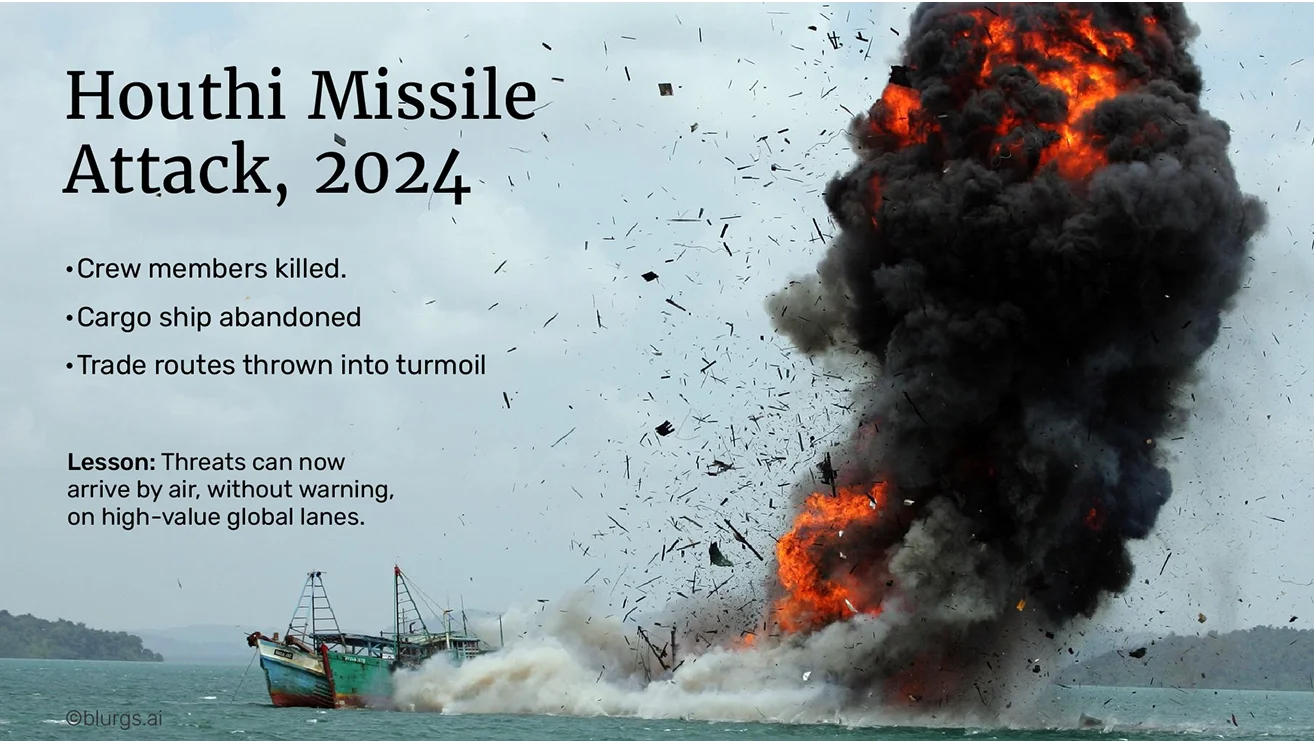
These events weren’t preventable, but the damage could’ve been.
And that’s the difference between monitoring and foresight.
The future of maritime resilience lies in spotting these threats before they breach the surface.
Maritime Security at Sea — From Flags to Firewalls
Why today’s threats outpace the maritime systems meant to stop them
For most of history, maritime security meant presence.
Patrol ships flying the national flag. Armed guards on decks. Piracy zones marked on charts. If you wanted to protect your interests at sea, you sent more ships or bigger ones.
But visibility is no longer enough. And in many cases, it’s not even possible.
Today’s threats don’t fly flags.
They manipulate transponders.
They spoof GPS coordinates.
They blend in with the noise until it’s too late.
The result? A landscape where presence alone provides the illusion of control, and outdated detection tools fail to catch risks that don’t look like threats until they already are.
The Shape of Risk Has Changed in Marine Security
Traditional security responses were designed for linear threats: pirates, smugglers, hostile vessels. But modern risks have become asymmetric, behavioral, and highly adaptive.
What happens when a vessel begins AIS switching, changing its digital identity mid-journey?
What if a ship goes dark in the middle of a congested trade lane — no AIS signal, no radio?
What if it reappears near a sanctioned port, with no verifiable cargo logs?
These aren’t isolated anomalies. They’re part of a larger pattern.
And the current system isn’t designed to recognize that pattern in time.
Surveillance cameras, radar scans, and watchlists were built to detect what is happening. What we need now is a system that can understand why it’s happening — and what might happen next.
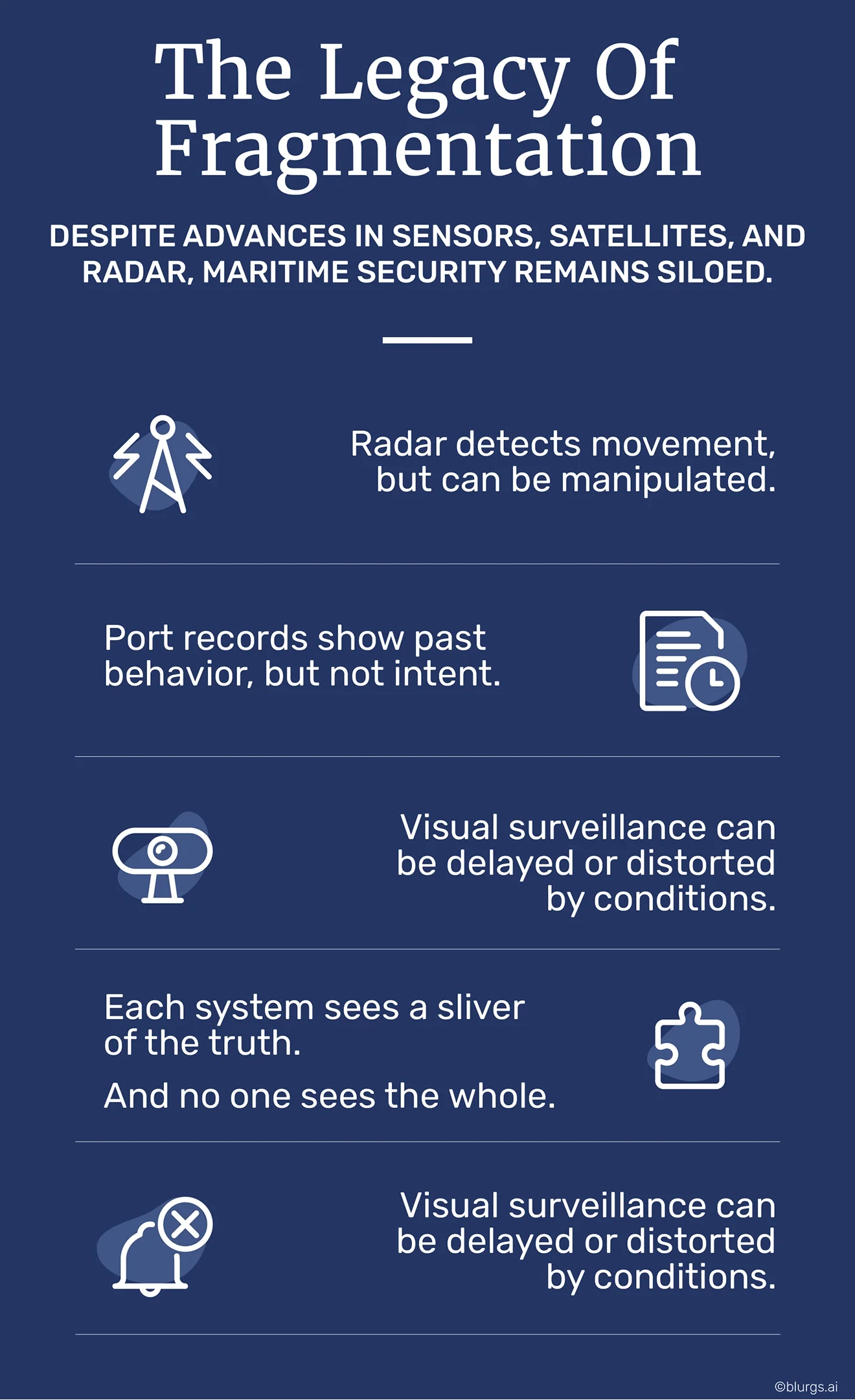
Marine Security: A Game of Catch-Up
Every day, maritime operators and security teams are playing defense with old playbooks.
They’re scanning for threats that have already arrived.
Logging incidents that are already unfolding.
Reacting to breaches instead of anticipating them.
It’s a loop and it’s losing ground.
Because when risk moves faster than recognition, even the best-intentioned response comes too late.
And in an ecosystem as vast as the global ocean, late is enough to cost millions or lives.
Maritime Intelligence That Doesn’t Sleep
How Artificial Intelligence is Rewriting Maritime Operations
By now, the cracks are impossible to ignore.
Maritime logistics is overloaded. Threats are growing faster than teams can track them. Visibility is fragmented.
And even the most experienced operators are being asked to navigate an ecosystem that changes by the minute with tools designed for yesterday.
And that’s why AI isn’t your usual tech success story.
It’s a systems transformation story — one that changes what maritime operations are even capable of.
For decades, maritime systems collected information. Now, they can interpret it. And act on it in real time.
From AIS Signals to Accurate Decisions
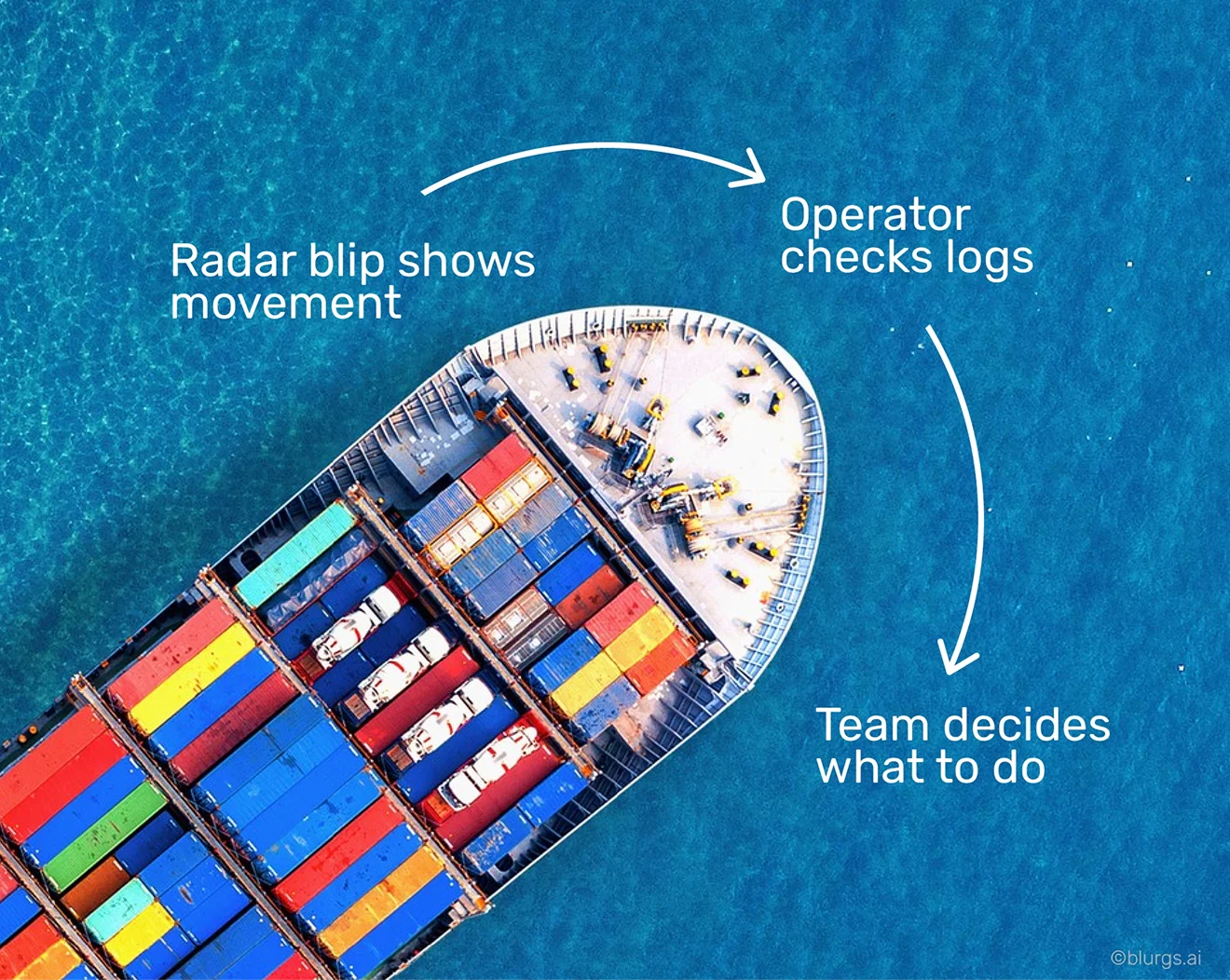
But that loop is too slow, too isolated, and too dependent on guesswork.
AI changes that. It fuses inputs from AIS, radar, satellite imagery, port data, weather systems, and more.
- Suspicious route changes? Flagged.
- Anomalous port entries? Elevated.
- Dark ships navigating near sensitive zones? Identified with contextual risk scores.
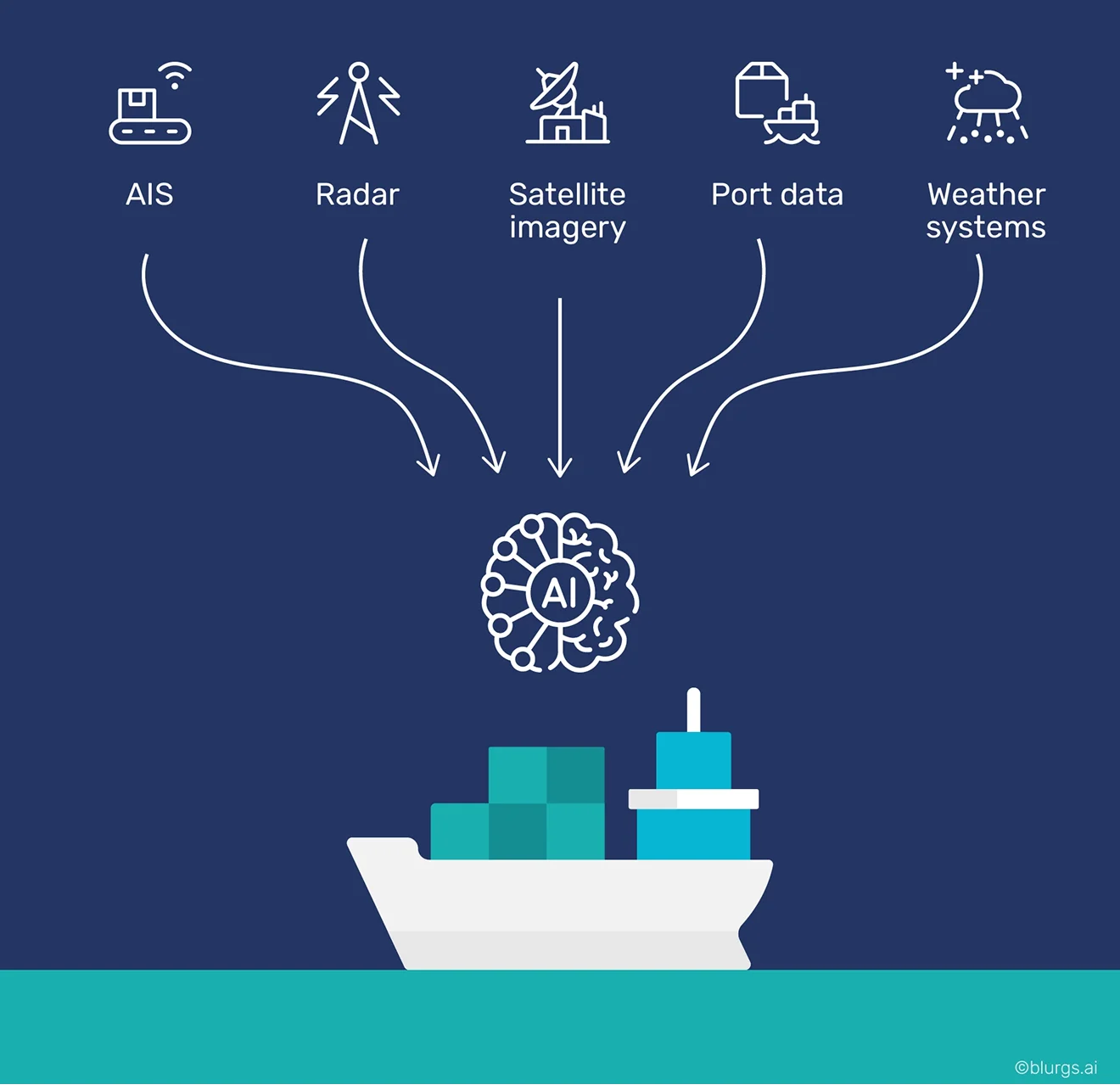
Predict Maritime Threats Before You Panic
What makes AI different is foresight.
Machine learning systems improve with every input. They learn vessel behavior, route norms, seasonal shifts. They detect subtle deviations that don’t “look wrong” yet, but indicate something off — a ship turning too early, stopping too long, deviating slightly from course.
These are early signals.
And if caught in time, they prevent red flags from ever rising.
One Language for the Entire Supply Chain
AI isn’t just for security teams. Its value spans every stakeholder group in maritime operations:
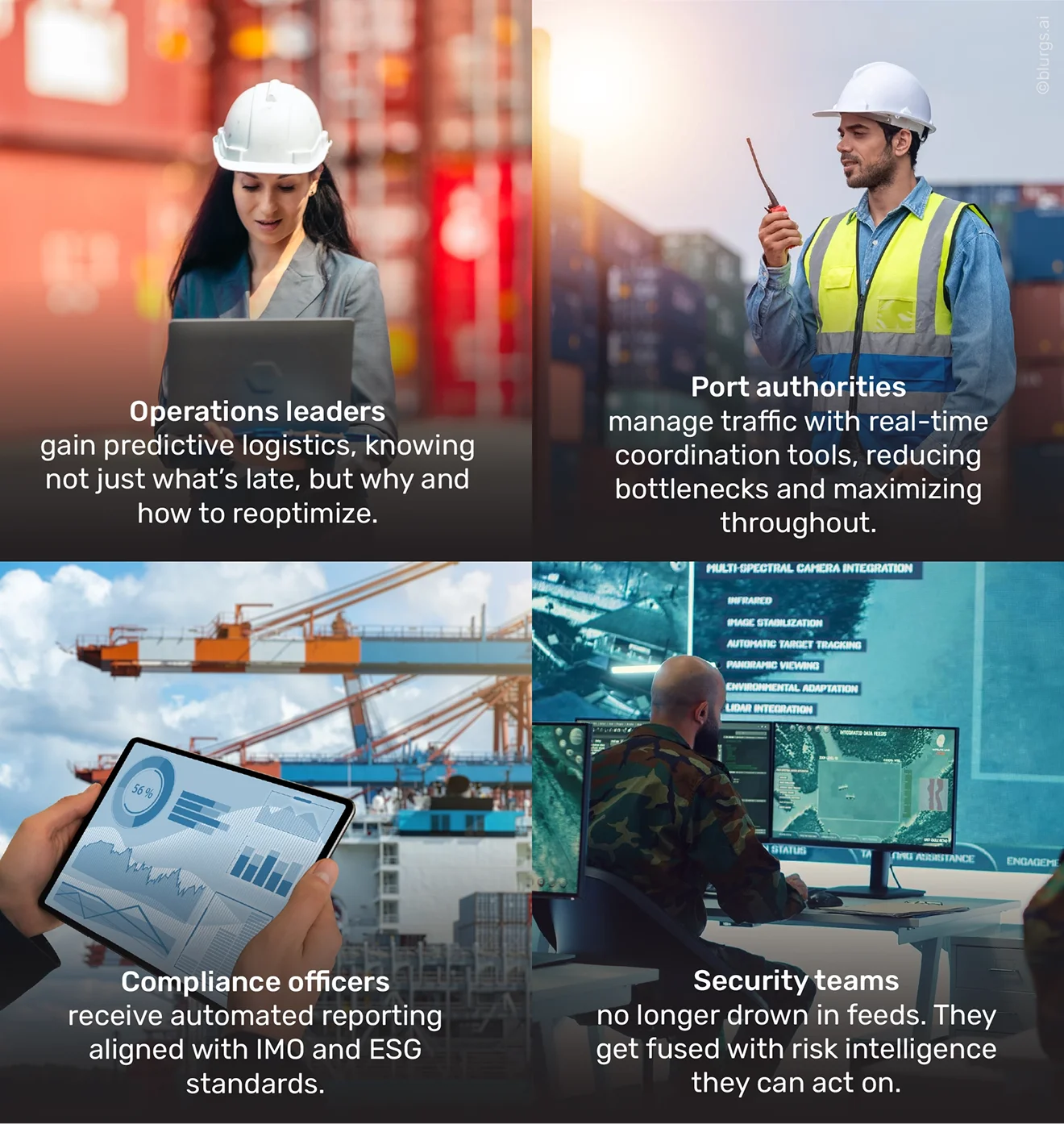
“Everyone’s looking at the same system. No more patchwork. No more lag. Just a single source of clarity.”
Maritime Safety: The Shift from Oversight to Foresight
Rather than replace human decision-makers, AI helps them.
It removes the noise. Highlights what matters. Provides the “why” behind the “what.”
And in a domain as dynamic and high-stakes as maritime logistics, that’s essential.
Trident — Maritime Surveillance From Blind Spots to Full Spectrum Awareness
An Intelligence Layer for the Modern Maritime Domain
Every threat we’ve outlined — from piracy and dark ships to invisible congestion and compliance gaps — shares one root cause:
They were detected too late.
Not because the tools weren’t available. But because the tools weren’t connected. Radars saw movement. Cameras recorded footage. AIS logged data. But each system operated in a silo. By the time the dots were connected, the moment had already passed.
That’s the problem Trident was built to solve.
Beyond Monitoring with Analytics & AI
Trident doesn’t just collect data. It fuses it.
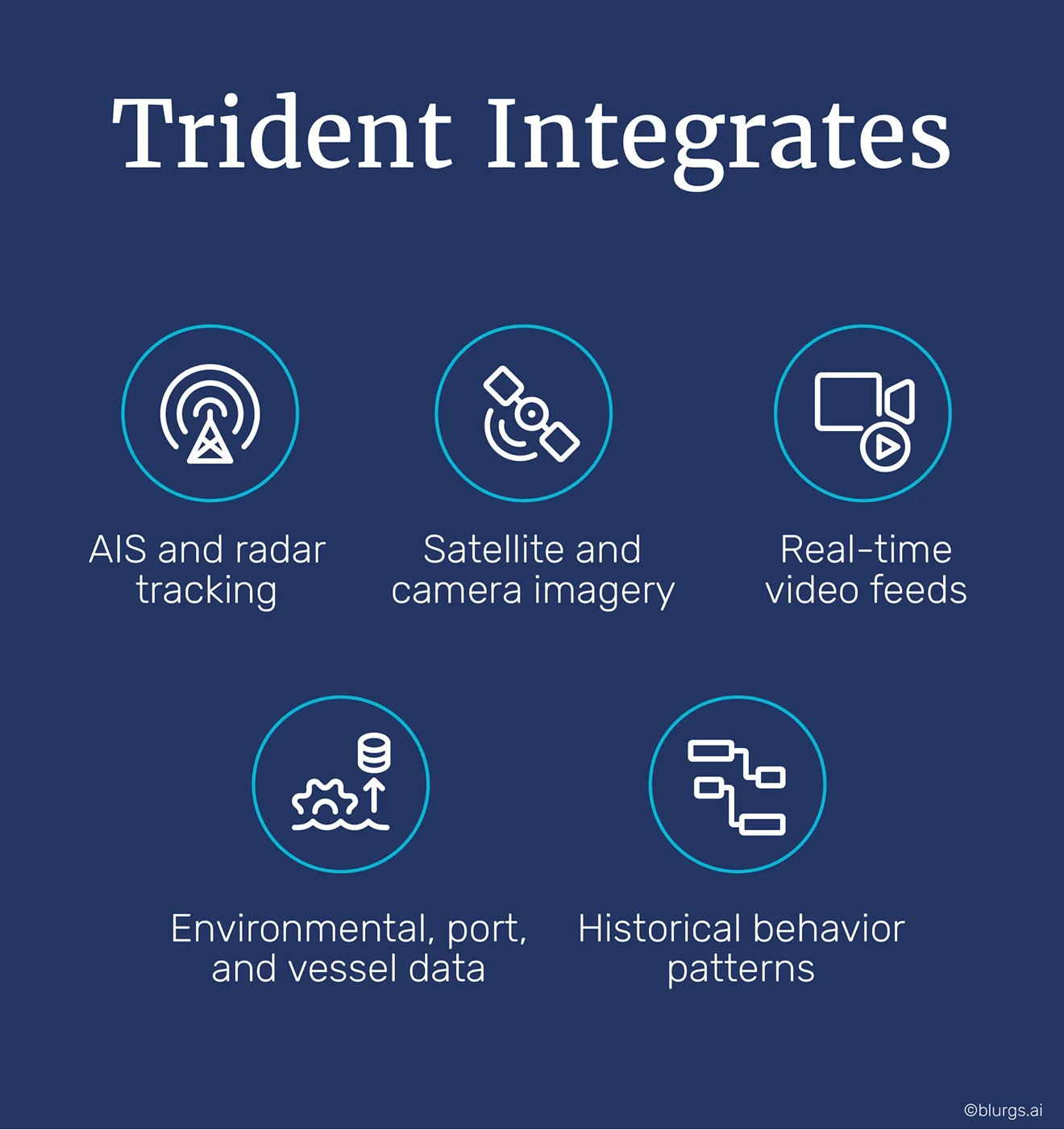
And then it does something legacy tools can’t: it interprets context in real time.
- Is that ship turning early to avoid weather — or switching course to evade detection?
- Has a vessel gone dark — or is it masking its signal intentionally?
- Is this route anomaly a result of rerouting — or the start of something more covert?
Trident helps you understand why something happens and what to do next.
Adaptive Intelligence in Action
Whether it’s coastal surveillance, port traffic management, or threat detection in international waters, Trident adapts to its environment:

It doesn’t matter whether you’re watching for pirates, smugglers, or congested docking queues — Trident sees patterns humans can’t, and acts faster than teams can.
It’s the difference between reacting and preventing.
Seamless Marine Security Services, Not Disruptive Tech
Trident ensures organizations work smarter.
The system is designed to overlay existing workflows, turning old hardware and disconnected software into a single, intelligent nervous system.
No major overhauls. No rip-and-replace. Just clarity where there used to be chaos.
You can finally see the ocean for what it is — live, dynamic, and entirely visible.
With Trident, maritime operations gain what they’ve always needed:
a second set of eyes — only faster, smarter, and always watching.
A Safer, Smarter Maritime Future
Why Visibility Is No Longer a Luxury in Maritime Safety
Maritime logistics has always been built on motion — routes that shift with tides, cargo that crosses continents, decisions made across languages, time zones, and technologies.
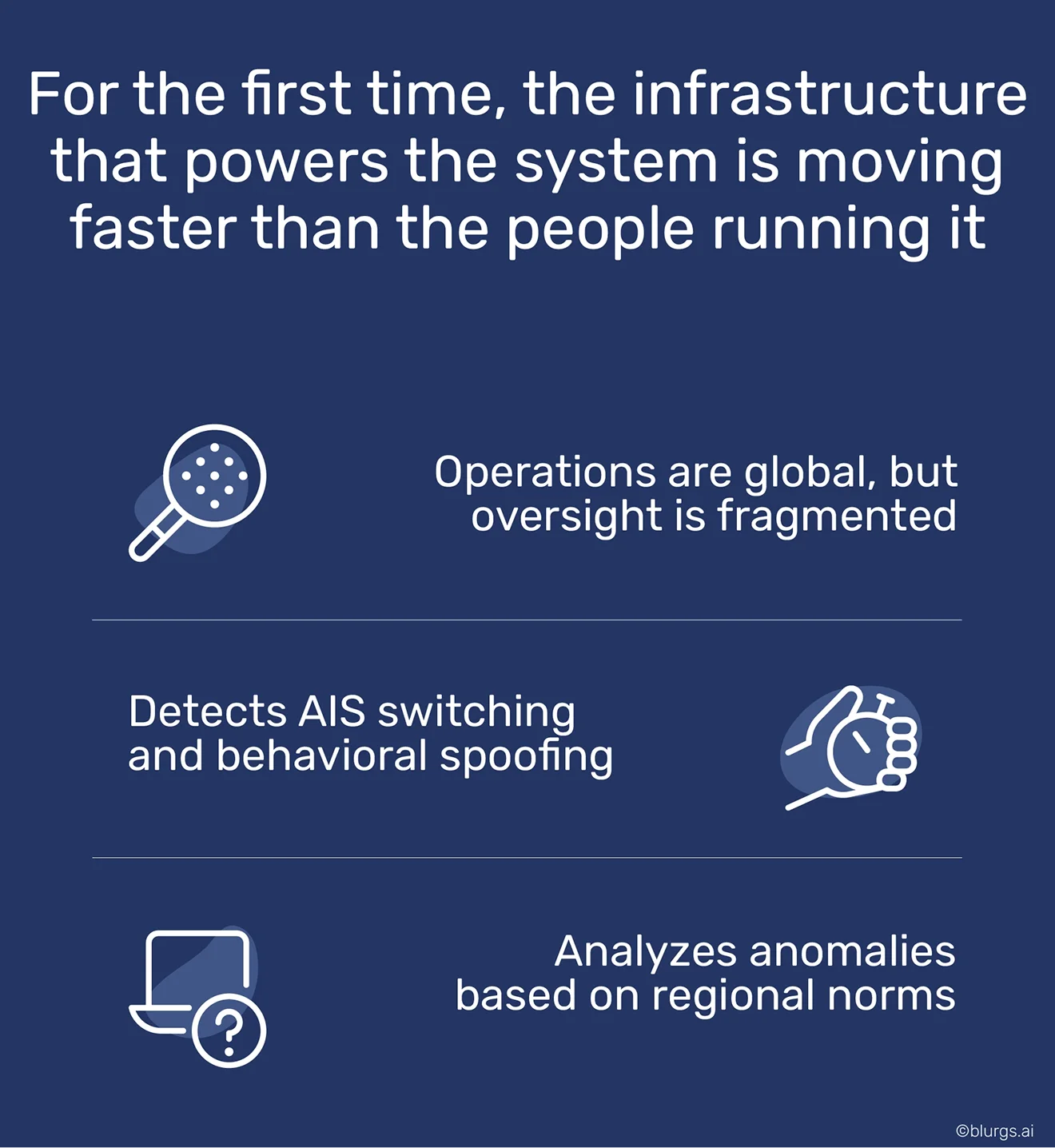
That’s the problem.
And now, there’s a way forward.
The Future of Maritime Security: Clarity. Control. Confidence.
With unified intelligence, ports don’t get overwhelmed — they get ahead.
Shipping challenges, like delays, don’t cause chain reactions — they’re rerouted before impact.
Security teams don’t just monitor threats — they prevent them.
The oceans aren’t getting less complex.
But with the right intelligence, they are becoming more knowledgeable and more navigable than ever before.
It’s time to stop managing uncertainty.
And start mastering it.
